It’s very annoying when your gas grill which is supposed to fire up to 500 degrees Fahrenheit suddenly stops at 200 to 300 degrees. I’ve had this problem with my Weber and Char Broil grills, and it’s a total buzzkill. Usually, the culprit behind this is either the regulator, burner, gas leak, or some gas tube blockage.
Now, before you think about tossing that barbecue to the curb or shelling out for a repairman, let’s explore some solutions. In this article, I’m going to list all the reasons why your gas grill has suddenly gone cold. Then I’ll tell you what to do in each case.
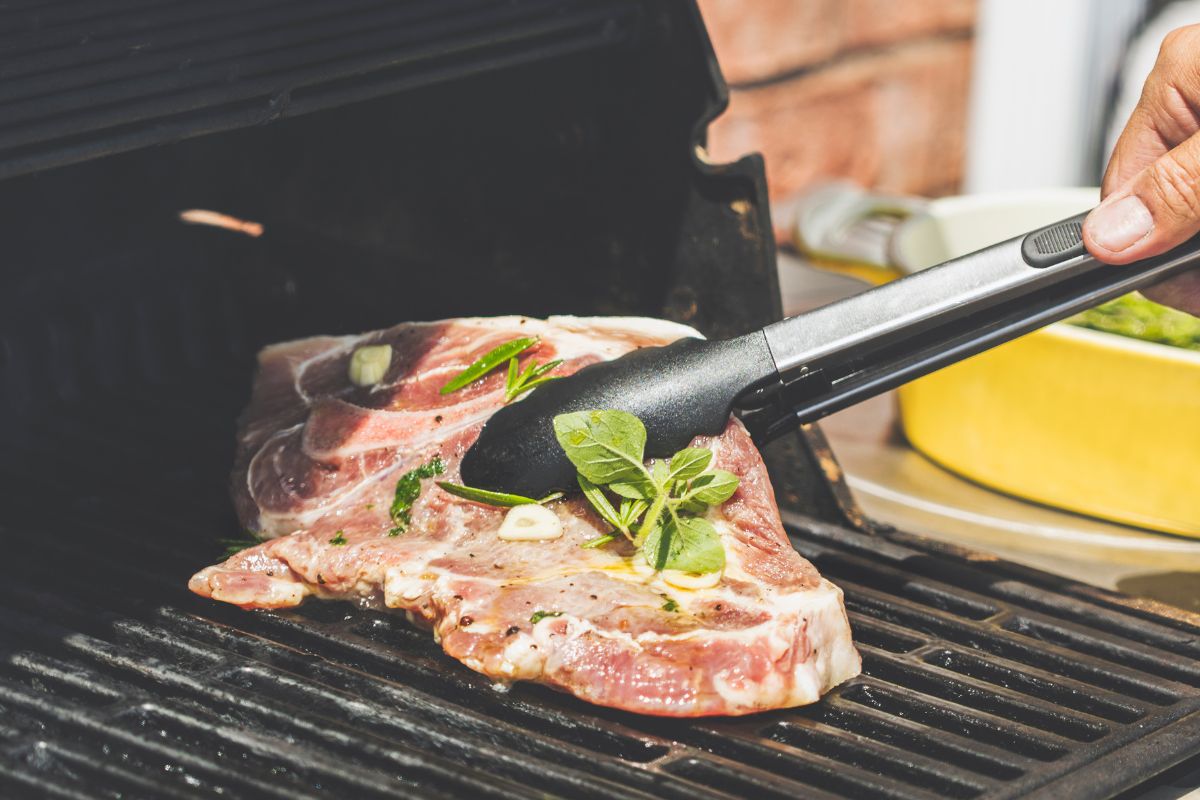
Here are the common causes and solutions for when your gas grill burns too slowly than it normally does or should.
If your propane or natural gas grill is not hot enough as it normally does, it might be running on air. If you still have gas putting out low flame, it may be running low. Let’s do a quick check to see if your propane tank’s got some gas left in the tank (literally).
Here’s the scoop:
The part of the tank where there’s propane will absorb the heat and feel cooler compared to the empty part which will feel warmer to the touch
So, if only the bottom feels cool, you’ve got roughly a quarter tank of gas left. But if it’s all warmed up, or there’s no temperature shift at all, your propane tank might be dry. Time to get that propane tank refilled!
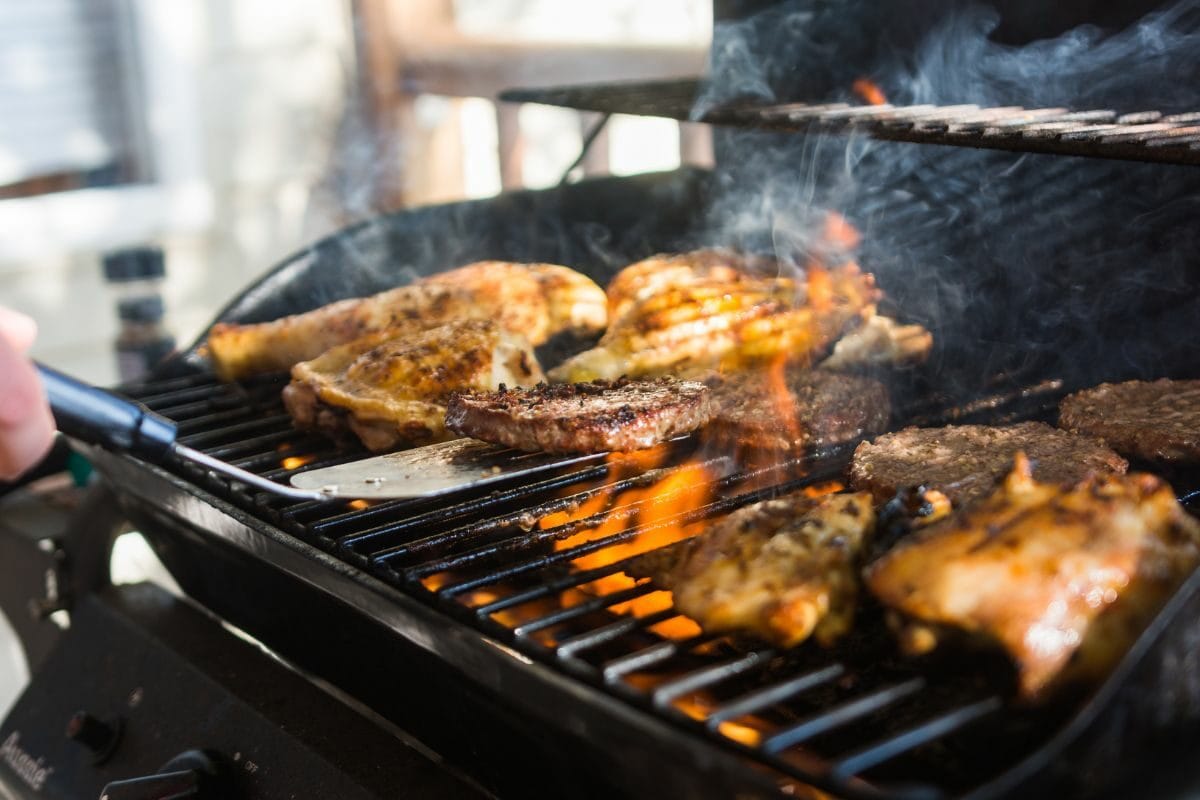
If your grill isn’t heating up as expected, don’t doubt your BBQ skills just yet—check the temperature gauge. This gauge acts as the grill’s thermostat, but it can sometimes mislead you. It measures the grill’s temperature, but its placement near the top, exposed to cooler outside air, can cause inaccuracies, especially with old-school dials.
As a result, the gauge may read about 50-75 degrees cooler than the actual cooking zone temperature. So, before assuming your grill is malfunctioning, be aware that the temperature gauge might be leading you astray.
First things first, you’ll want to make sure your grill isn’t really playing tricks on you. Here’s how I typically tackle the problem:
If you’ve got propane gas sneaking out where it shouldn’t, that’s trouble. This time around, the least you should be worried about is the weak gas flame – safety first.
Move away from the gas grill and the gas cylinder immediately. Turn the grill’s burners and the gas supply to the off position at the propane cylinder valve. Don’t light anything. And, definitely, don’t use your cell phone near the area. The electromagnetic radiation from it can give off enough energy needed to ignite the gas vapor.
Worried about gas leaks in your grill? Of course, the best gas-detecting tool is your nose. So, check whether you can smell gas. Apart from this, I’ve got a simple DIY test that’s as easy as pie. Here’s the lowdown:
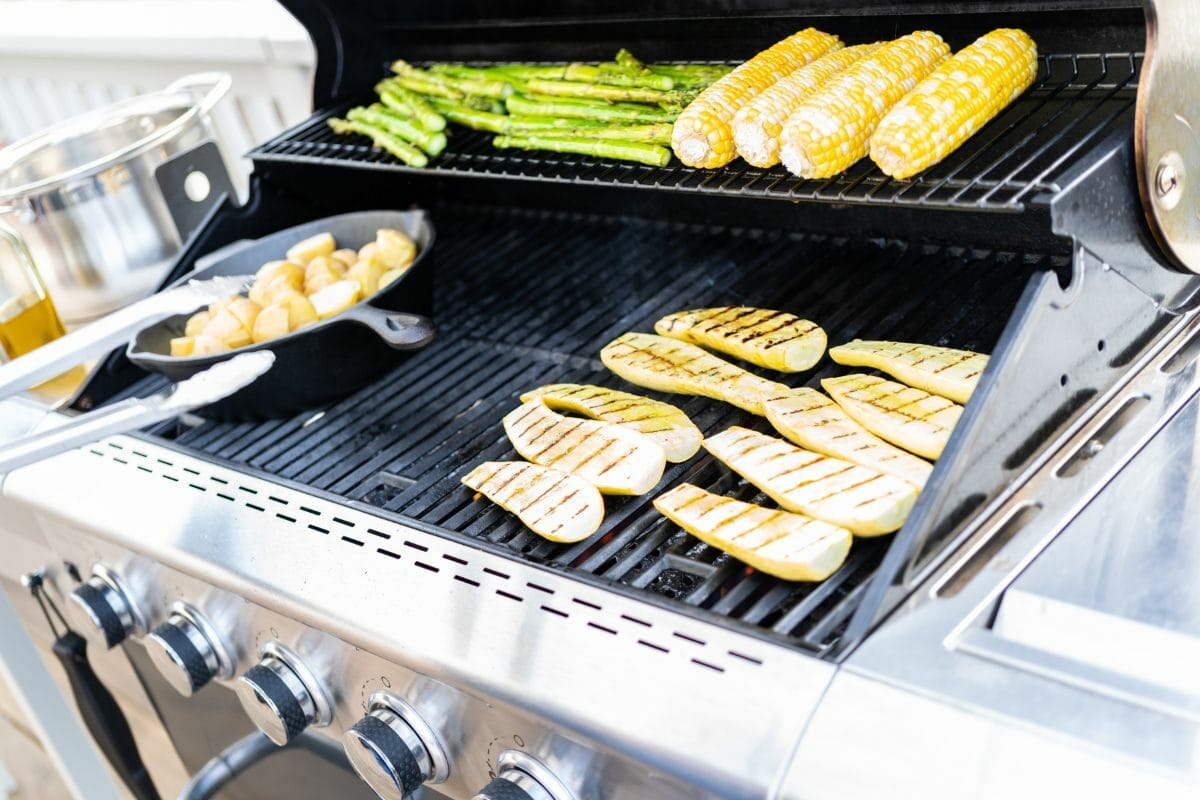
If you spot bubbles, that’s a leakage sign. If you’re feeling handy, swap out the gas hose for a fresh one. You can call 911 if it’s a serious situation. Optionally, you can call your propane gas supplier or a qualified technician to assess and fix the issue.
Since the ’90s, propane grills have been rocking a safety feature called the ‘bypass mode.’ So, what’s this bypass mode all about? Well, it’s Uncle Sam’s way of keeping things safer. This safety device located in the regulator hose limits the flow of gas by around 10% to prevent overstuffing or throwing gas into a gas grill with issues.
Now, here’s the problem – this safety feature can sometimes get a little trigger-happy. Yep, sometimes it can act like the smoke alarm that goes off when you’re just making a toast.
If you’d like to fix it and get your grill to heat properly, no worries. You’d need to equalize the pressure between the gas grill and the propane tank. Here’s how you can go about that:
As you use your gas grill, bits of grease and dirt accumulate inside the burners. This inhibits the flow of gas or results in poor heating efficiency. It’s easier to tell when your gas grill burners are clogged. One side is burning hot, and the other sides are on strike.
When your grill burners start acting like they’re on strike, it can put a damper on your BBQ dreams. Here’s how to check things out:
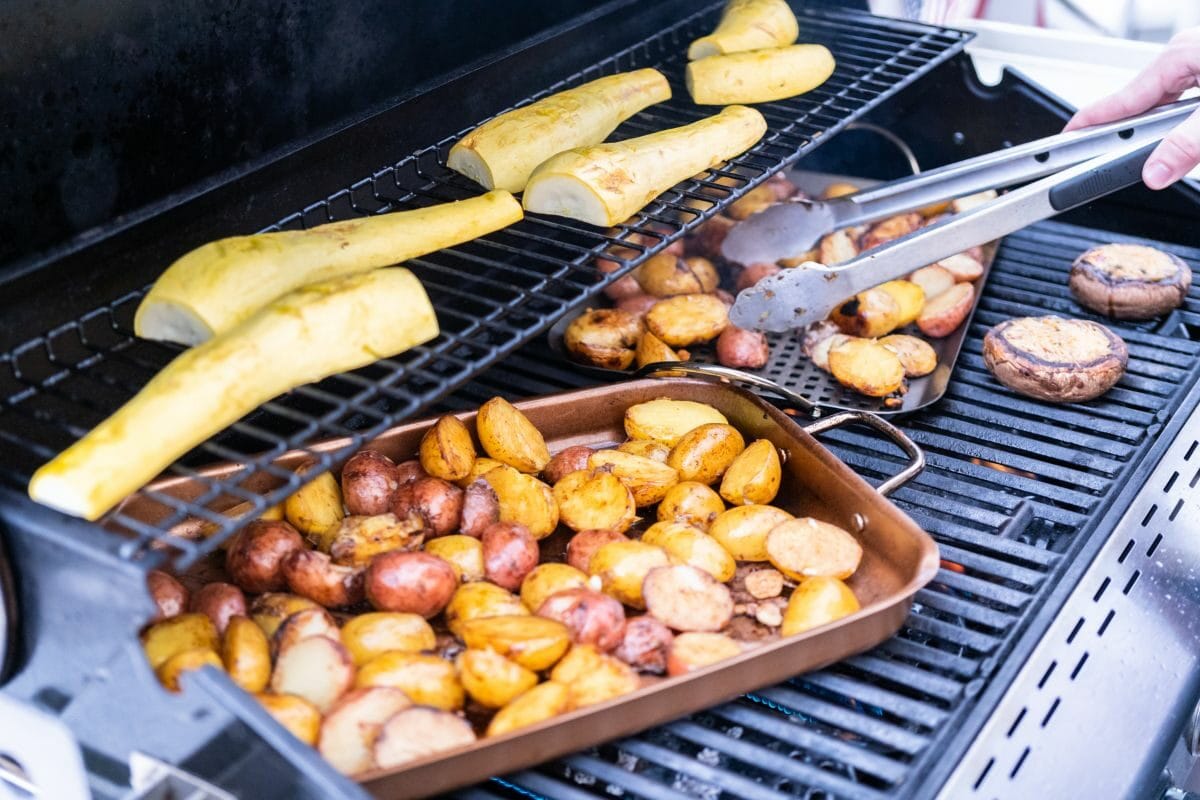
If your gas grill is not getting hot enough, the regulator might be the problem. A happy grill needs a happy regulator. If that regulator isn’t pulling as much gas as it should, you won’t get those steady flames you crave for a top-notch BBQ.
How can you tell if your regulator is not doing its work? Look out for these classic red flags:
So, if you spot any of these telltale signs, your regulator might be the culprit. Time to give it a good check or call in the pros.
If you suspect the grill’s regulator is the problem, don’t worry – here’s how to fix it.
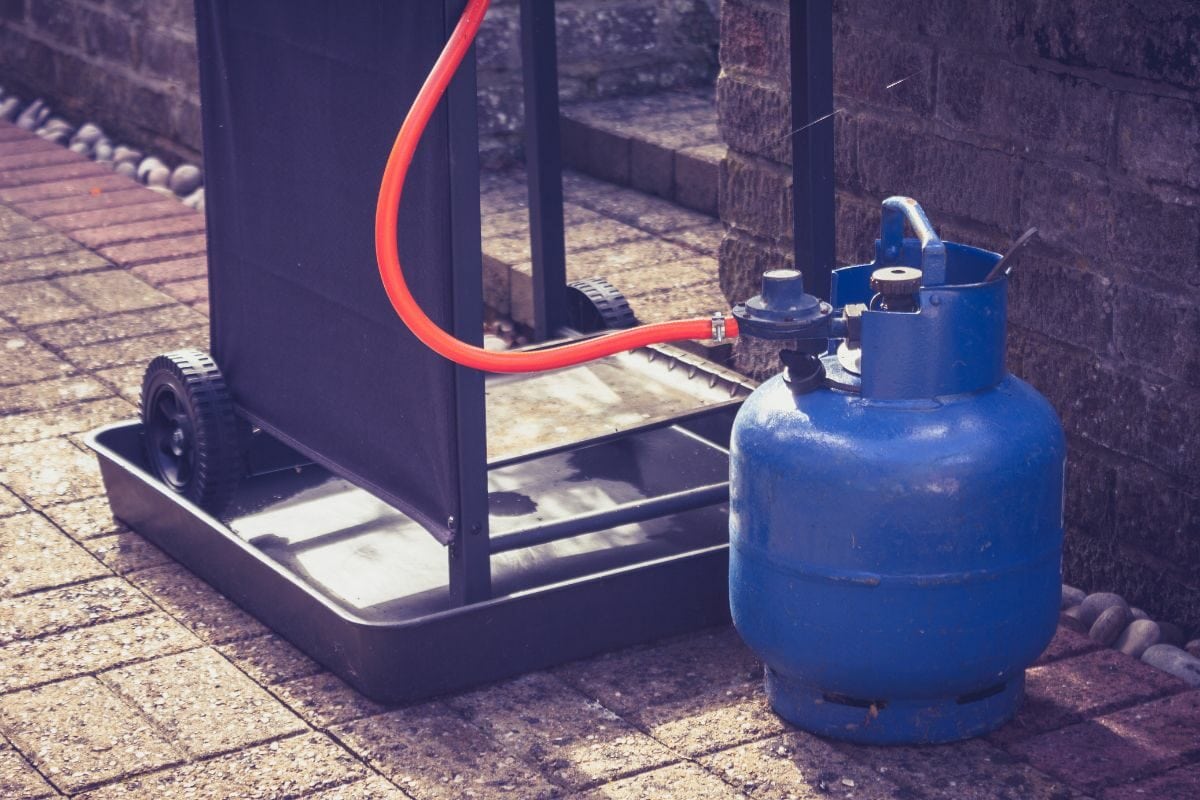
There you have it, folks! Grilling is all about good times and great food. But it’s essential to stay safe and savvy when dealing with gas grills. If you ever feel your gas grill is not getting enough gas or the burners are not bringing up flames as they should, now you know what to do. Check for clogged burners, empty propane tanks, the temp gauge, and the regulator, and keep your nose peeled for propane smell. If you feel you can’t handle this all alone, call in the pros – your gas utility or 911.